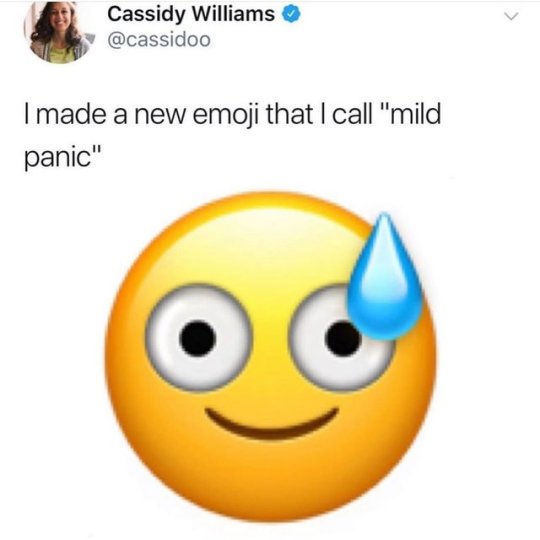Text
how have i never heard of archive.org until today.. it’s an internet library that functions just like a real one, as in you borrow the books for 2 weeks and then they are returned to the archive. you can dl pdfs as well, but you’ll lose access after the 2 week period. it’s all free tho, literally just like a real library. i was searching for a cheap copy of this serial murder book from the 90s for my thesis and i found it for free on here. there’s like.. no gimmick at all? i’m so amazed. i literally just signed up and now i’m reading a super hq scan of this book for free. i love libraries.
110K notes
·
View notes
Text
29.05.19
100 days of productivity: 14/100
Some more physics studying before I go to work at a grocery store for my last shift there!! (finally, I’m so happy to be out of that place, my boss was awful)



124 notes
·
View notes
Text

i have read so many articles on this topic for so many years udek. it’s an unhealthy amount, that’s all im gonna say.
There are 3 general types of learning styles - Kinesthetic, Auditory, and Visual, but there are so many more sub styles, such as Verbal, Print etc. It is also v important to note that hardly anyone is a 100% of a particular type, it is always a mix.
KINESTHETIC - learn best through actions
There aren’t a lot of (if any) sub-styles for this style of learning, because this is a style which only has a ‘doing’ end and no ‘receiving’ end.
SIGNS OF A KINESTHETIC LEARNER:
you’re really active normally.
experiments speak to you.
you’re queen of multi-tasking
you move a lot (doodling, tapping,) while studying
TIPS FOR KINESTHETIC LEARNERS:
role play [for literature, humanities, languages]
take lab classes and do experiments [for sciences]
visit museums [for humanities, arts]
write it out multiple times
study in short blocks
walk around while trying to memorize something
AUDITORY - learn best through sounds
There are two types of auditory learners - linguistic [verbal] and aural [listen]
THE DIFFERENCE:
Linguistic learners learn best by speaking, such as teaching people, talking themselves through the steps, etc.
Aural listeners, however, learn best by hearing and listening to other people speak. This includes lectures, podcasts, etc.
SIGNS OF AN AUDITORY LEARNER:
discussions are the reasons you’re alive
you read to yourself out loud
genius in explaining [linguistic]
you live to present / act [linguistic]
you follow spoken directions well [aural]
you actually understand and gain from lectures [aural]
study groups are babes [linguistic and aural]
TIPS FOR LINGUISTIC LEARNERS:
find someone to tutor
or just tutor your stuff toy
make your readings v dramatic
read out your notes / textbooks
participate in discussions + study groups
role play [for languages, literature, humanities]
TIPS FOR AURAL LEARNERS:
watch youtube videos on the topic
participate in discussions + study groups
use sound, rhyme, music in your learning
record your lectures and listen to them often
record yourself reading your notes, and play it frequently
VISUAL - learn best through sight
there are also two different types of visual learners - those who prefer prints [words] and those who prefer visuals [diagrams, drawings, etc.]
THE DIFFERENCE:
Print Orientated learners learn best by reading and taking in words, examples include reading through slides / textbooks, etc.
Visuals Orientated learners learn best through visual aids, such as drawing flowcharts, well-labelled diagrams, etc.
SIGNS OF A VISUAL LEARNER:
you have vivid imagination [visuals]
you annotate w/ lil drawings [visuals]
mind maps, images and colours take over your notes [visuals]
you love highlighting your notes [visuals + prints]
you live for taking notes [prints]
reading is basically your life [prints]
and reading / writing on the board [prints]
TIPS FOR PRINT ORIENTATED LEARNERS:
read through articles of the topic
go through worksheets and slides
pay attention to words on the board in class
prepare your own study sheets of the topic
TIPS FOR VISUALS ORIENTATED LEARNERS:
watch videos on the topic
colour code annotations for notes
draw out mindmaps, graphs and diagrams
make outlines for essays + texts [for literature, languages]
draw out scientific processes and experiments [for sciences]
draw maps of events in history / important places [for humanities]
i hope that i was able to help at least some of you! and, um, have a great weekend!
- wan ling x
2K notes
·
View notes
Text
🌼🌻study smarter🌻🌼
(here are some study tips straight from my psych notes)
1. interest: the brain prioritizes by meaning, value, and relevance so u remember things better if ur interested
find a study partner
do extra practice or research
teach it to someone else (this works so well!)
2. intent: be actively paying attention. very little learning actually takes place without attention
use a concentration check sheet (every time u get distracted, put a check on ur sheet. this is supposed to program ur mind to pay attention)
while u read, talk back to the author
ask questions during lectures (this is scary ik!! but do it!)
3. basic background: make connections to what u already know
preview and skim the material before u read it. or google it!
write out a list of vocab words before a lecture and leave some spaces between them to fill in during the lecture
read ahead of lectures
watch crashcourse tbh
4. selectivity: start by studying whats important
look for bolded words, graphics, pictures, chapter review questions in ur readings
listen for verbal clues like emphasis and repetition during lectures
make urself a study guide as u read and write down questions for urself to answer later as review (kinda like cornell notes)
5. meaningful organization: u can learn/rmr better if u group ideas into diff categories
apply vocab words to ur life
make flashcards and sort them (try not to have more than seven items in one category!)
use mnemonics
6. recitation: saying ideas aloud in ur own words strengthens synaptic connections! when u say something aloud u r forcing urself to pay attention
after u read, ask urself questions
talk abt what u learned w/ classmates outside of class
again, teach someone else
7. visualization: ur brain’s quickest and longest-lasting response is to images
convert info into a chart or graph
draw it out
make a mental video of a process
look at picture/video examples
8. association: memory is increased when facts are consciously associated w something u already know. memory = making neural connections
ask urself: is this something i already know?
9. consolidation: give ur brain some time to establish a neural pathway
make a list of what u remember from class
review notes at the end of the day, every day
stop after reading each prg to write a question in ur notes
make ur own practice quiz
10. distributed practice: we all know cramming doesnt work but we do it anyway! but yeah short and frequent study sections work better
make a daily/weekly study schedule
create a time budget/time tracker (track everything ur doing for a week and see how u can be more efficient w/ the time u waste)
divide the reading/vocab by the number of days before an exam and do a little bit each day (u can use sticky notes to divide ur reading)
other tips:
stop stressing! this sounds stupid and it isnt going to be easy, but anxiety causes u to lose focus. try ur best to think positively. sleep a lot. minimize ur caffeine intake. take a walk maybe
when u need to remember something, look upward or close ur eyes (when ur eyes are open ur using visual parts of ur brain that u might not need to be using)
find a rival! (like the person right above u in class rank) secretly compete w/ them (envy can improve mental persistence bc it makes u focus more intensely) but dont overdo it!
walking and sleeping build memory storage in ur brain
eat flavonoids! (grapes, berries, tea leaves, cocoa beans make neurons in the brain more capable of forming new memories + increase blood flow to the brain)
obstacles force ur brain to try harder, so space learning lessons apart or create a puzzle to solve or change ur physical setting
27K notes
·
View notes
Text
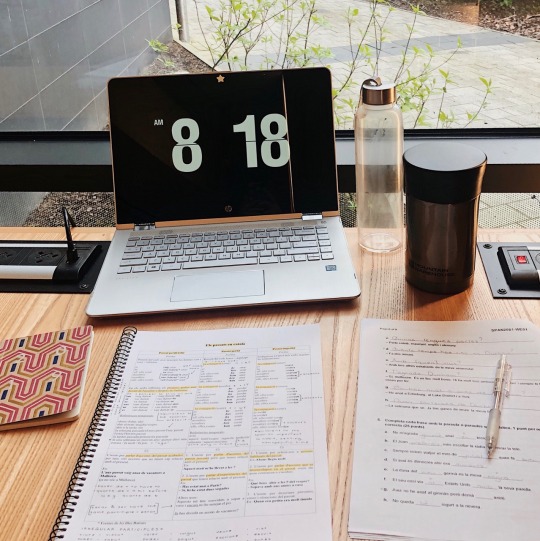
29.04.19 // going strong for another day in the library– we’re so close
taken from my instagram @intellectys!
5K notes
·
View notes
Text
Never limit yourself. You don’t have to choose between STEM and the arts. You don’t have to choose between that aesthetic or the other. Just let yourself be the most authentic self you can be, embrace all the different aspects of your personality, your interests, and your skills.
12K notes
·
View notes
Text

I actually like this one a lot for once 😂 this was requested and I hope it helps some of you! 😊
911 notes
·
View notes
Text

studying for the ACT cause my composite’s a 25 and the school i want to has an average of 30 :/ (im a freshman in hs)
35 notes
·
View notes
Text
Very Fast Study Tip™
If you are a university student, especially a STEM major, ESPECIALLY AN ORGANIC CHEMISTRY STUDENT, you need a whiteboard.
You can revise all the notes in your respective hemisphere but without active repetition it means nothing. Write your mechanism/structure/wedding vows. Erase part of it. Write it again. Erase more of it. Repeat.
Get a big one so that you can sit on the floor/bed/table without straining your back from looking down. I have no attention span but I can white-board for hours.
1K notes
·
View notes
Text
This is your sign that you’re going to be okay. You’re going to survive this. You’re going to find happiness soon.
84K notes
·
View notes
Text
Handwritten Note-Taking Methods
The appearance and organization of my notes plays a huge role in the amount of time that I dedicate to studying and my overall performance on tests. Therefore, I’ve spent the past several years experimenting with various methods, and these are a few of the techniques that I’ve found to be most beneficial.
Cornell Method
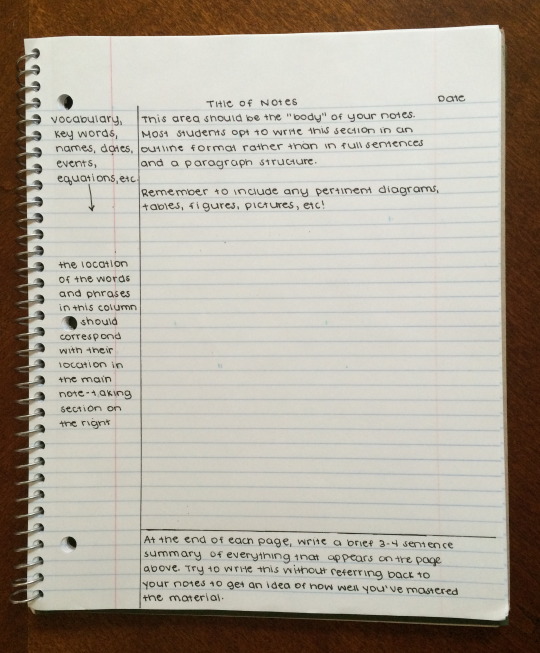
The Cornell Method emphasizes identifying the key points of a textbook passage or lecture and consolidating information as much as possible.
I’ve found that this style works best for literature and science courses that require extensive, dense reading and note-taking. It allows me to easily and quickly identify what I understand versus what I still need to work on.
Adapted Cornell Method
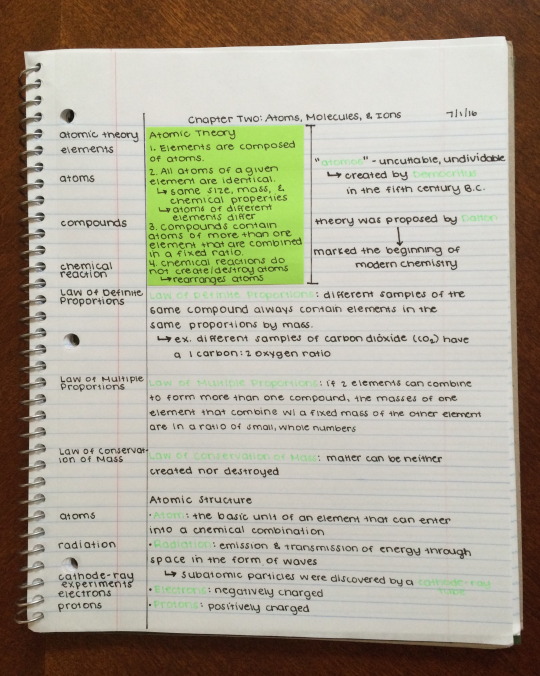
I’ve created my own adaptation of the Cornell Method by eliminating the summary section at the bottom of the page and incorporating Post-It notes throughout the body of the page to highlight lists and key points. And, of course, I had to add some color!
Outline
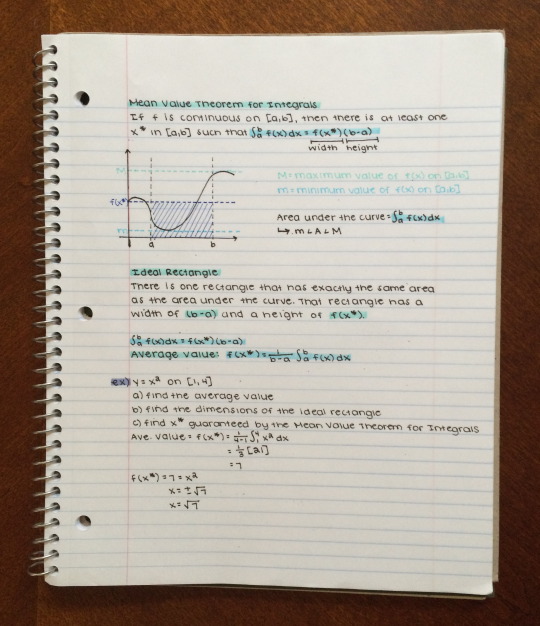
This is, by far, my favorite method due to its flexibility and clean, minimalist appearance. While the image above doesn’t depict a true series of bullets at varying levels of indentation, you can experiment with different types of bullet points as well as varying spacing.
I prefer using this method for maths because it allows sufficient space for me to draw graphs, record examples, and solve problems.
Mind-Maps
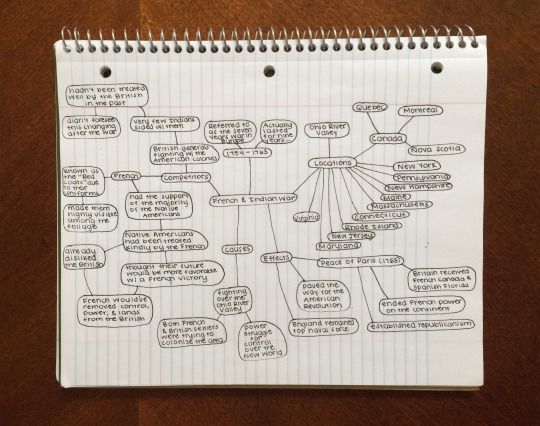
Mind-maps are extremely helpful for organizing complex or extremely confusing topics. There’s no right or wrong way to go about drawing one, and much of the final appearance will be related to the material that you’re diagramming. Keep in mind that certain topics and information will more readily lend itself to this sort of portrayal.
For those of us who aren’t artistically talented 🙋🏼, these can be rather challenging to construct, especially when working with unfamiliar material. In the past, I’ve used mind-maps for history when looking at isolated events or individuals.
17K notes
·
View notes
Photo
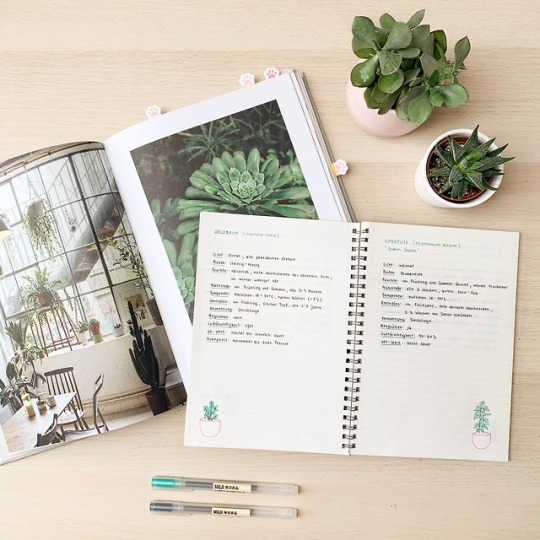
recently started a plant journal / directory to keep up with the special needs of my indoor plants so they can be their best plant self 🌱 book: @houseofplants 🌻
5K notes
·
View notes
